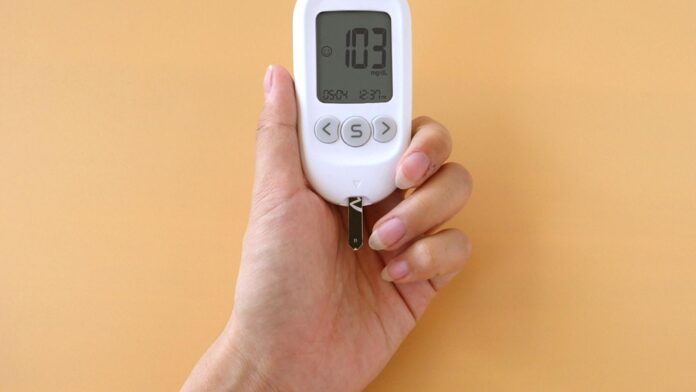
Rapid-acting insulin is a type of insulin that is fast-acting and quickly lowers blood sugar levels. It is commonly used by people with diabetes to manage their blood sugar levels before or after meals. If you have been prescribed rapid-acting insulin or are considering using it, it is important to understand how it works, when to use it, and any potential side effects. This article will provide you with all the information you need to know about rapid insulin.
What is Rapid Insulin?
Rapid-acting insulin is a type of insulin that is designed to work quickly to lower blood sugar levels. It typically begins to work within 15 minutes of injection, peaks in about 1 hour, and lasts for 2 to 4 hours. This type of insulin is usually taken just before or immediately after a meal to help control blood sugar levels after eating.
Rapid insulin is often used in combination with long-acting insulin to provide around-the-clock blood sugar control. It can also be used in an insulin pump to deliver a continuous dose of insulin throughout the day.
There are several different brands of rapid-acting insulin available, including insulin lispro (Humalog), insulin aspart (NovoLog), and insulin glulisine (Apidra). These insulins are all very similar in terms of how quickly they work and how long they last, but some people may find that one brand works better for them than another.
How Does Rapid Insulin Work?
When you eat a meal, your body breaks down the carbohydrates in the food into glucose, which is then absorbed into the bloodstream. In people with diabetes, the body either does not produce enough insulin or does not use insulin effectively, leading to high blood sugar levels.
Rapid insulin works by mimicking the action of the insulin produced by the pancreas. When you inject rapid insulin, it quickly enters the bloodstream and helps the body to move glucose out of the blood and into the cells, where it can be used for energy or stored for later use. This helps to lower blood sugar levels after a meal and prevent dangerous spikes in blood sugar.
When to Use Rapid Insulin
Rapid insulin is typically used just before or immediately after a meal to help control blood sugar levels after eating. Your healthcare provider will give you specific instructions on how and when to use rapid insulin based on your individual needs.
It is important to follow your healthcare provider’s instructions closely and monitor your blood sugar levels regularly when using rapid insulin. You may need to adjust your insulin dose based on factors such as your blood sugar levels, the type and amount of food you are eating, and your level of physical activity.
Rapid insulin can also be used to treat high blood sugar levels or diabetic ketoacidosis (a serious complication of diabetes) when prescribed by a healthcare provider. In these cases, rapid insulin may be given through an injection or intravenously to quickly lower blood sugar levels and prevent further complications.
Potential Side Effects of Rapid Insulin
Like any medication, rapid insulin can cause side effects in some people. The most common side effect of rapid insulin is hypoglycemia, or low blood sugar. Symptoms of hypoglycemia can include shakiness, sweating, dizziness, confusion, and hunger. It is important to be aware of the signs of hypoglycemia and treat it promptly by eating or drinking something with sugar to raise your blood sugar levels.
Other potential side effects of rapid insulin can include allergic reactions at the injection site, such as redness, swelling, or itching. Some people may also experience weight gain or fluid retention when using insulin, though these side effects are less common.
If you experience any side effects while using rapid insulin, it is important to contact your healthcare provider right away. They can help you determine the cause of the side effects and make any necessary adjustments to your insulin regimen.
In conclusion, rapid insulin is a fast-acting medication that can help people with diabetes to manage their blood sugar levels before or after meals. By understanding how rapid insulin works, when to use it, and potential side effects, you can effectively incorporate it into your diabetes management plan. Be sure to follow your healthcare provider’s instructions closely and monitor your blood sugar levels regularly to achieve optimal blood sugar control.












